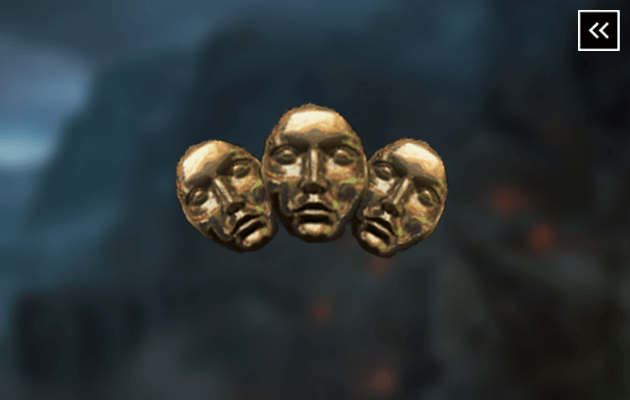Path of Exile 2 pushes the boundaries of exploration in action RPGs, transforming the world of Wraeclast into a living, breathing landscape filled with danger, discovery, and strategic depth. While the original game focused heavily on combat and loot, the sequel reimagines environmental design as a central pillar of gameplay. Every map, ruin, and dungeon now contributes to the player experience, creating a world that feels dynamic, interactive, and richly detailed.
One of the most significant improvements in Path of Exile 2 is the sheer variety of environments. From the twisted depths of corrupted forests to the sun-bleached ruins of ancient cities, each area is meticulously crafted to tell a story. Environmental hazards aren’t just aesthetic—they actively influence gameplay. Players must navigate traps, shifting terrain, and environmental effects like poison clouds or collapsing platforms, which demand both awareness and adaptability. These mechanics turn exploration into a test of skill, where each step can mean survival or death.
Maps and dungeons have also been redesigned to reward curiosity. Hidden chambers, secret caches, and optional boss encounters encourage players to explore every nook and cranny. Discovering these hidden elements often leads to powerful gear, currency, or unique challenges that are unavailable through the main path. This creates a compelling loop of risk and reward, where thorough exploration feels both satisfying and impactful.

Path of Exile 2 also emphasizes verticality in level design. Platforms, ramps, and multi-tiered areas introduce tactical opportunities in combat. Melee characters must consider enemy positioning, ranged attackers can exploit high ground, and spellcasters can take advantage of line-of-sight mechanics. Vertical design not only enhances combat depth but also makes exploration more engaging, encouraging players to rethink traditional approaches to traversing the world.
The dynamic weather and lighting systems further enhance immersion. Storms, fog, and shifting shadows aren’t just visual flourishes—they influence visibility, enemy behavior, and the overall mood of each encounter. A sudden downpour might obscure traps in a ruined temple, while the flickering light of torches in a dungeon could hide an ambush. These environmental storytelling elements enrich the narrative without relying on explicit exposition.
Path of Exile 2 also introduces interactive objects and destructible terrain, adding another layer of strategy. Barrels, crates, and environmental hazards can be manipulated to damage enemies or create defensive opportunities. Players who understand and exploit these features gain an edge, reinforcing the importance of situational awareness and environmental mastery.
Exploration is further tied to the endgame, as maps in the Atlas of Worlds feature modifiers that affect difficulty, enemy composition, and loot potential. Players who study map layouts, experiment with routes, and understand environmental mechanics can optimize both survival and reward. This creates a satisfying interplay between exploration, strategy, and character progression.
Path of Exile 2 transforms Wraeclast from a backdrop into a central character. The world itself challenges, surprises, and rewards players, making exploration as meaningful as combat or loot collection. Through clever environmental design, dynamic hazards, and richly detailed locations, poe 2 items ensures that every step taken in Wraeclast feels consequential, immersive, and unforgettable.